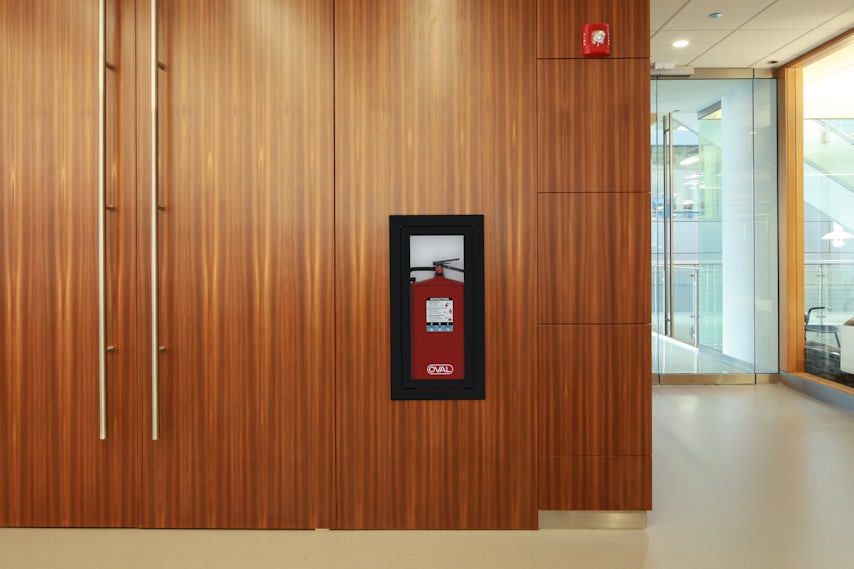In line with our new content direction, Architizer is highlighting a different building-product and how to specify it. This week’s topic is windows. If you’re looking for the perfect windows for your next project, search for it on Architizer’s new network marketplace for building-products. Click here to see if you qualify. It’s free for architects.
New York–based architect Amy Kessler stopped by the Architizer office the other day to talk windows, and she said something that I wasn’t expecting:
“Windows are disruptions.”
What she meant was that architects go to great lengths to design a perfectly watertight, durable insulating façade, and the last thing, the very last thing, that you want to do to such a well-designed assembly is to poke a hole in it. But you have to! People need light and air to live, and you have to punch some holes in even your best walls and put a few windows in.


Top: corner window detail via Archiproducts.com; bottom: thermal break window section photos via Glo European Windows
Making those holes neat and airtight is a tricky business. Even typical windows contain a complex network of gaskets and joinery that are designed to create a solid seal that doesn’t also create a thermal bridge that will conduct heat between inside and out.
Most frames solve this problem by separating the inside and outside frames into two different parts and then filling the gap in between with a nonconductive plastic part. Generally, the larger the gap between the inside and outside frames, the lower the conductivity. The same idea works for the window pane. Rather than having a single piece of glass, there will be two or more so that one touches the inside and the other the outside with a blanket of air between.


Top: Foster + Partners’ Apple Campus, photo by Mikael Jansson for WSJ. Magazine; bottom: SANAA’s Glass Pavilion at the Toledo Museum of Art, image via a f a s i aarchzine
Then there are the glass façades. These buildings have their own challenges because the glazing has to do all the work of a typical opaque wall. This week, we’ll look at Foster + Partners’ new Apple Campus and how they got glass panes that were big enough, how they curved it and how they detailed its connections.

Videos of float glass process via Pilkington
Although glass is a pretty basic substance that has been around for centuries, there are lots of ways to change its properties. First, it helps to have some idea about how glass panes are made. Glass begins as a mixture of melted silica, lime and sodium carbonate. Molten glass can be extruded directly into thin sheets, but the molten glass can also be floated out over a bath of liquid tin.
The glass naturally settles into a flat plane on top, and it is cut as it cools and hardens. The glass can be colored or strengthened by adding different minerals or metals into the liquid mixture. Low-iron glass is made from silica with very little iron in it, which makes the glass clearer. Tempered or annealed glass, which is much stronger than typical glass, is made by changing the rate at which the molten glass cools.


Top: self-cleaning glass via Glassolutions; bottom: switchable glass via Clearstream International Products
Thin sheets of chemicals can also be applied to the top of finished sheets. Low-e glass has a thin coating that blocks ultraviolet and infrared light, and newer coatings give windows superpowers. Switchable glass is covered with a film that can be changed from clear to opaque by controlling an electric current running through it. With a switch, you can effectively turn a window on or off. A different kind of coating can make the glass “self-cleaning.” A catalyst sprayed on the outside window face works with sunlight to break down dirt, and then a hydrophobic or hydrophilic coating helps rain wash away the resulting gunk.
There’s a lot to talk about when it comes to windows. We’ve barely taken a peek inside. Check out the articles throughout the week, let us know what we missed or what you would like to learn more about, and happy building!
Looking for the ideal windows for your next project? Search for them on Source, Architizer’s new community marketplace for building-products. Click here to see if you qualify. It’s free for architects.




